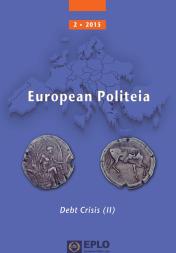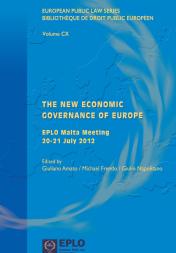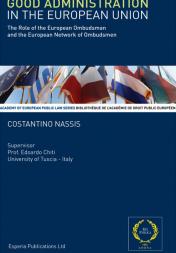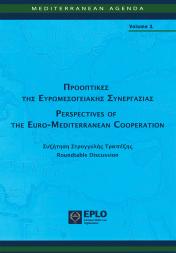
Climate Change and Public Law:
Challenges, Policies, Future Perspectives
General Conclusions
Executive Director of SEED, ex-Chief SCP UNEP, Lebanon
With increasing science evidence on climate change and its impacts, the global community understood the necessity to reduce and stop emitting carbone dioxide into the atmosphere so as to control Earth’s temperature and undertake needed mitigation and adaptation actions. While the solution is known, implementing it is very complicated because of the diverse conflicting interests, with the big polluters, from the Global North and the Global South, not collaborating really to this common goal. This requires a collaborative global legal framework, in which all concerned parties play their roles in full responsibility, a binding legal treaty, a global pact for the environment, with effective implementation means. Guided mainly by self-private interest and the race to growth, the complex nexus of climate, economic growth and environmental protection requires innovations, disruptive in many cases, through systemic and multistakeholders approaches, backed by adequate new regulations and skills. Environment and climate change know no border, so a global Pact for climate change, and for the environment would be necessary, assuming that it can and will be effectively implemented, all the more so that the request for compensation will become an issue of major concern. This will open a large space and responsibility for public law.
Avec l’augmentation des preuves scientifiques sur le changement climatique et ses impacts, la communauté mondiale a compris la nécessité de réduire et d’arrêter les émissions de dioxyde de carbone dans l’atmosphère afin de contrôler la température de la Terre et d’entreprendre les actions d’atténuation et d’adaptation nécessaires. Si la solution est connue, sa mise en œuvre est très compliquée en raison des divers intérêts contradictoires, les grands pollueurs, du Nord comme du Sud, ne collaborant pas vraiment à cet objectif commun. Cela nécessite un cadre juridique mondial de collaboration, dans lequel toutes les parties concernées jouent leur rôle en toute responsabilité, un traité juridique contraignant, un pacte mondial pour l’environnement, avec des moyens de mise en œuvre efficaces. Guidé principalement par les intérêts privés et la course à la croissance, le lien complexe entre le climat, la croissance économique et la protection de l’environnement nécessite des innovations, perturbatrices dans de nombreux cas, par le biais d’approches systémiques et multipartites, soutenues par de nouvelles réglementations et compétences adéquates. L’environnement et le changement climatique ne connaissent pas de frontières, c’est pourquoi un pacte mondial pour le changement climatique et pour l’environnement serait nécessaire, en supposant qu’il puisse être et soit effectivement mis en œuvre, d’autant plus que la demande de compensation deviendra une préoccupation majeure. Cela ouvrira un grand espace et une grande responsabilité pour le droit public.





















